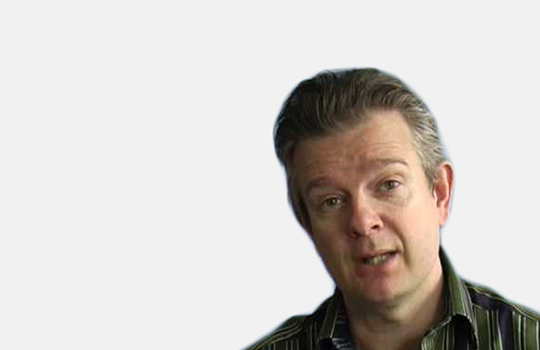![]() It is a long time since I studied art history, but if I remember rightly the invention of photography is said to have contributed to the exhaustion of the realist impulse in the visual arts. It sounds plausible: the documentary impulse, the desire faithfully to record what is actually there, which has always been close to the heart of realism, is just so much more efficiently done by photography. Darkroom trickery excepted, a photograph feels like evidence, something taken from the scene. A drawing or painting, however gifted the artist, puts the human being in the way, with all of a human being’s fallibility.
It is a long time since I studied art history, but if I remember rightly the invention of photography is said to have contributed to the exhaustion of the realist impulse in the visual arts. It sounds plausible: the documentary impulse, the desire faithfully to record what is actually there, which has always been close to the heart of realism, is just so much more efficiently done by photography. Darkroom trickery excepted, a photograph feels like evidence, something taken from the scene. A drawing or painting, however gifted the artist, puts the human being in the way, with all of a human being’s fallibility.
I have recently been on holiday. For the first few days, exhausted, I did very little. As far as my kids would allow I sat outside and stared. Opposite the caravan we were staying in was a large pine tree and as the days wore on I grew more and more intrigued by it. It was a massive thing, densely branched, and it had grown in a slight helix, the huge lower brances turning around the central trunk. Looking at this tree, watching the movement of light in its branches, tracing the colour shifts: subtle ambers, lichenous yellows and greens, the pinks and purples caught in the bark, the impulse was not to photograph it but to draw it. A photograph would have given me an image, something to take away and remember it by, but drawing involved me in a deeper relationship. Even to begin to render a plausible image, even to begin to see the tree as it was in front of me would involve an enormous effort of attention, a sustained discipline of looking. To draw it I would have to come, in part, to know it.
My interest in the tree was deepened by simultaneously reading The Voyage of the Beagle. During his slow circumnavigation of the world, Darwin began to put together the ideas that would precipitate out into his theory of natural selection and so help bring about the intellectual shifts that ushered in modernity. Although, understandably, Darwin is best know for his great intellectual synthesis, what comes across in The Voyage of the Beagle is his attention to detail, his patient accumulation of small and scattered facts.
It struck me that for all the alleged antagonism between science and the arts, here was a source of deep sympathy. At their best, though in different ways, they are both deeply committed to an interrogation of the real, to coming to terms, as far as possible, with both the world as it is and the nature of our place in it.
Every virtue has its proximate vice. Mere verisimilitude in art rapidly becomes tedious, and the accumulation of facts for its own sake can choke thought as effectively as silt can kill a waterway. The world is clearly more than the sum of appearances or of facts. To see the world clearly we need constantly to refresh both our imagination and our paradigms. We need to keep clearing our eyes.
As I was thinking about this tree it struck me that we are living through a time when both our art and our science can seem to lack confidence. Art, certainly in its more popular versions, has given up speaking to deep human needs and retreated into an exhausted and adolescent reliance on shock and provocation. In medicine, technology, driven by dazzling innovations, seems at times to run ahead of our human need to understand, our need to situate and to make sense. And perhaps this is where both art and science can be refreshed by each other. Science can remind art that approaching the world requires a disciplined attentiveness, a deep commitment to the real in all its complexity. But art can remind science, and particularly medicine, that the human being must remain at the centre of its project, with all of that creature’s needs, its fallibilities.
Julian Sheather is senior ethics adviser at the British Medical Association.
